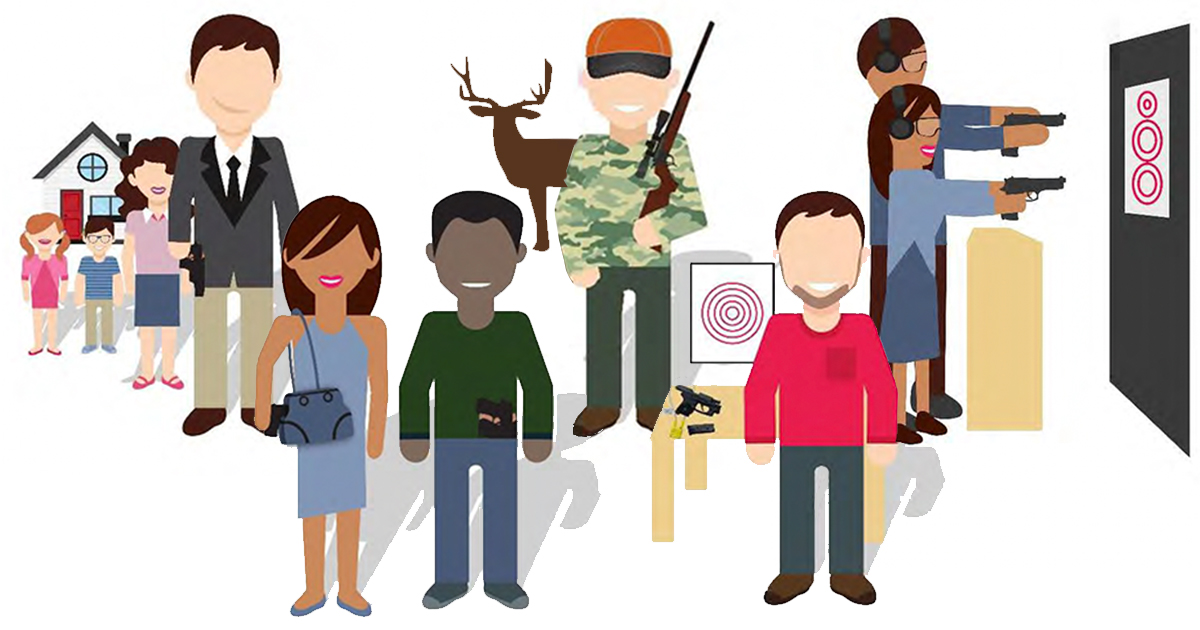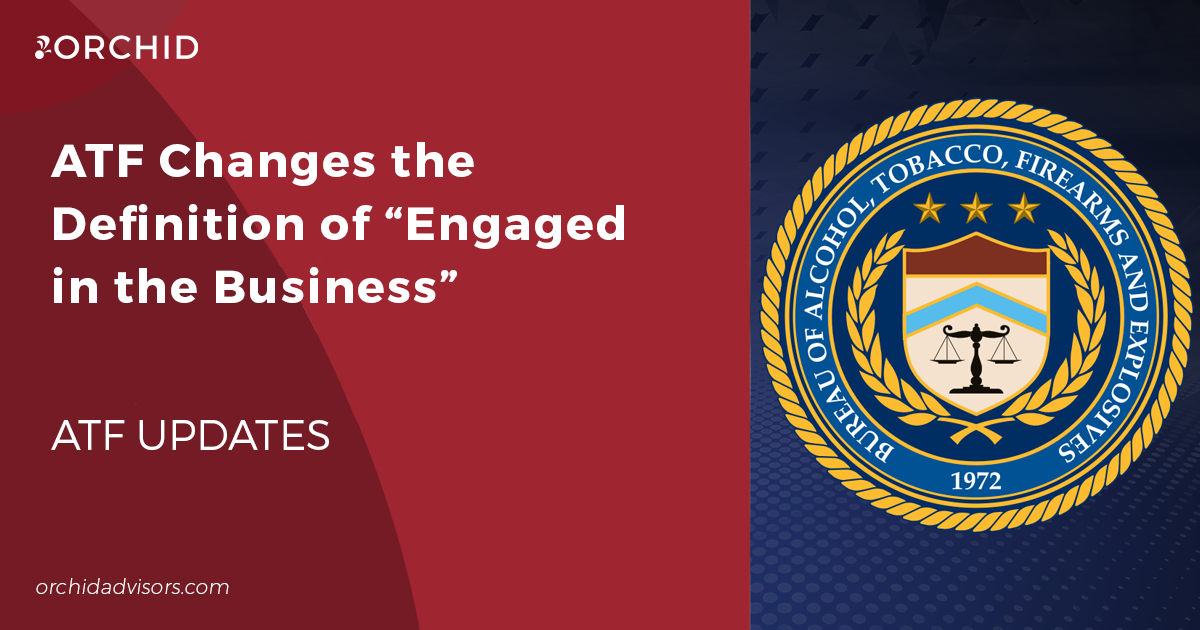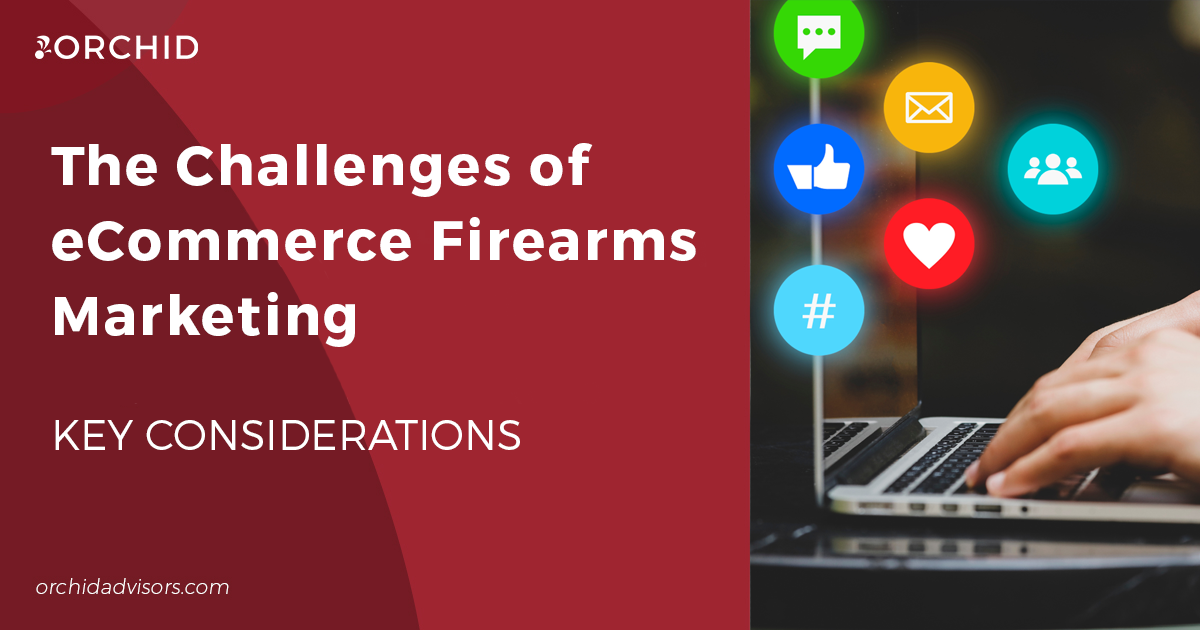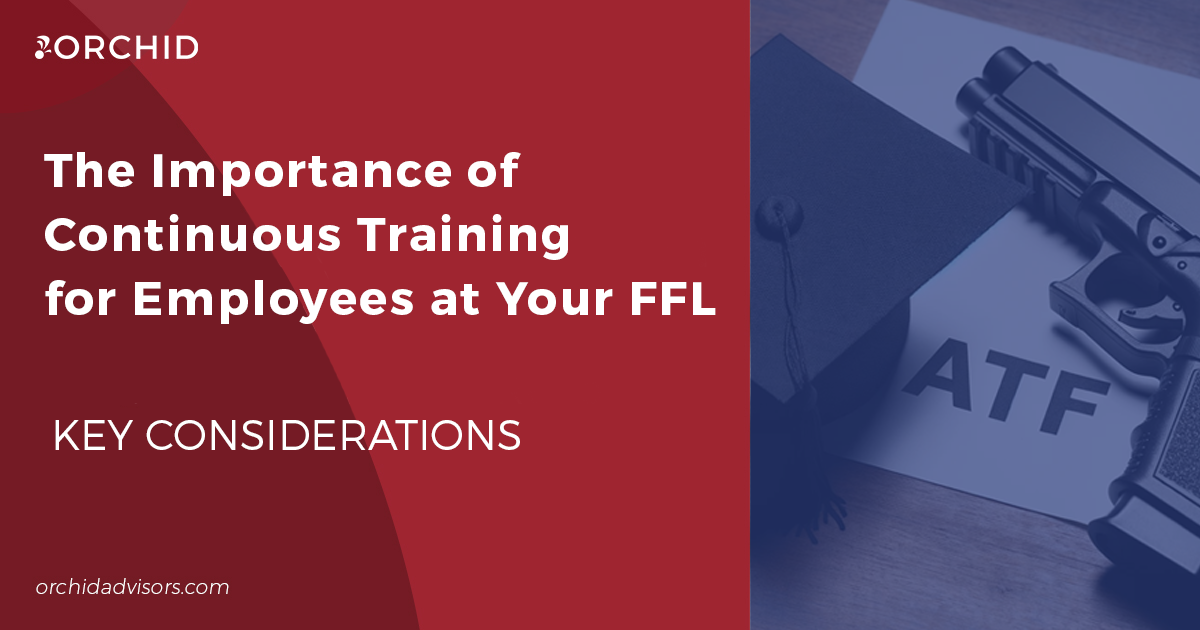Customers are the core of any retail business. After all, you can’t sell products and services without them. As a brick-and-mortar retailer, there’s no way of knowing everyone who walks through your doors, but you likely recognize the faces of many and know the name of regulars. You may even know the products some like or have bought in the past. What’s more difficult for retailers is identifying the true needs and desires of their customers.
In 2016, the National Shooting Sports Foundation (NSSF), with the help of market research firm Southwick Associates, published a consumer segmentation study to help firearms retailers do just that. Looking at firearm purchasers from 2000 to 2015, they identified eight consumer segments, or personas, of the U.S. market and characteristics of each. Recently, the NSSF released an update to this report titled “2020 Firearms Consumer Personas, Phase I” looking at firearm purchasers from the last five years, 2016-2020.
Surveying 1,100 U.S. gun owners who purchased a firearm since 2016, the report divides the firearms market into five new segments shown to have statistically significant differences based on their motivations to purchase a firearm. While different in name from the original personas, similar characteristics can be seen in the updated segments.
Firearms Consumer Personas
If 2020 taught us anything, it’s to embrace change. In the last year alone, we’ve watched both the retail and firearms industries evolve, as shoppers were driven online due to pandemic shutdowns and demand for firearms and ammunition skyrocketed to historic levels. Both markets have also changed dramatically since 2016, with global retail ecommerce sales up 250% and the development of firearms technology, like high-capacity micro-compact handguns, gaining in popularity. But it’s not only consumer buying habits and technology that has changed, so too have firearms consumers themselves.
Today, firearm owners are characterized as one of the following five personas. Specific demographic data for each persona is provided in the report, but it’s important to note personas are not exclusive to any specific sex, gender, age, location or user group.
Family Guardian:
The largest firearm consumer persona at 28% of the U.S. market (estimated 9.6 million people), the Family Guardian was previously identified as The Protector, Guardian Gary/Debbie Defense and includes some Collectors. Family-oriented, this segment is motivated by a desire to protect themselves both at and away from home. Less concerned about becoming proficient with their shooting skills, the Family Guardian purchases to gain independence, build confidence and feel empowered. Of this group, 42% are female and 24% are first-time gun buyers.
Urban Defender:
Representing 14% of firearm owners (4.8 million), the Urban Defender – previously the Urban Recruit – lives near large cities and has the highest rate of purchasing firearms for self- and home protection, motivated by a bad experience, a lack of trust of others or at the encouragement of peers. Despite a high rate of having never shot before, the Urban Defender participates in target shooting often to develop skills and build confidence. Of this group, 43% are female and 20% are first-time buyers.
Hunter:
Appropriately named, the Hunter (18% of market; 6.1 million) has the highest rate of purchasing firearms for hunting purposes and is motivated by a desire to acquire meat and spend time with family, friends and peers. An older consumer, the Hunter has the highest rate of being knowledgeable about firearms and interest in acquiring firearms, typically long guns, they did not own before. Outdoors-oriented, the Hunter maintains average participation in target shooting and is not interested in firearms for protection. Of this group, 27% are female and 18% are first time gun buyers.
Skills Builder:
Combined with previous Social Shooters, the Skill Builder makes up 17% of the firearms market (5.8 million) and maintains the youngest demographic. Primarily motivated to purchase a firearm to develop shooting skills, the Skills Builder views firearms as a recreational activity and is more likely to use firearms to socialize than other groups. Active target shooters and hunters, the Skills Builder has the lowest level of purchasing firearms for protection. Of this group, 34% are female and 23% are first time buyers.
Prepared for the Worst:
Previously those under Guardian Gary/Debbie Defense, those Prepared for the Worst own firearms to gain a sense of security and be prepared for dangerous situations. Disinterested in shooting for recreation, PFTW view firearms as a protection tool and engage in target shooting to primarily master shooting skills and build confidence. This segment does their due diligence prior to purchasing and values concealability and reliability. Of this group, 44% are female and 27% are first-time buyers.

Firearms consumer personas (left to right): Family Guardian, Urban Defender, Hunter, Skills Builder and Prepared for the Worst
Targeting Personas
Depending on your firearms retail business, you may currently or have desires to serve one, multiple or all these consumer personas. As such, it’s important you understand how to market and sell to each. One way is to compare key purchase motivations, such as having the latest gear, developing skills and the intended use or purpose of the firearm.
For instance, the Hunter persona was shown to have a greater interest in the latest gear, whereas Prepared for the Worst did not, instead caring more about finding the right purchase for them to train with. As a result, developing and improving skills is more important for those PFTW than Hunters. However, Skill Builders – who use firearms primarily for recreational shooting – care about both new gear and skill development.
Comparing other motivations across groups reveals similarities and differences that can be used to target individual or multiple personas. Those motivations can then be attached to brands, products and services to cater to their specific needs and desires.
The other half of the equation are the demographics of the personas. Despite females being considered the fastest growing segment of gun owners, no persona was more than 44% women (Prepared for the Worst). Hunters had the largest percentage of male gun owners (72%), followed by Skills Builders (66%). Skills Builder also dominated the 25-34 year age range (22%) with the Family Guardian leading those in the 45-54, 55-64 and 65 and older ranges. Family Guardians were also nearly 50% likely to live in a suburban area, compared to Hunters who lean rural (31%) and Urban Defenders who tend to live in larger cities (26%).
Where your retail FFL is located plays a large role in your customer base, but it’s ultimately your customers – and their needs – who will determine what products you should carry. You may want to cater to hunters, but your local customers may be more interested in defensive handguns and, thus, need to pivot your business to better serve them. The customer may not always be right, but they always know what they want and they’ll go elsewhere if you can’t provide it.
By better understanding the motivations and needs of customers, retail FFLs can make efforts to optimize their marketing communications, product mix and sales strategies to better target and connect with consumers.
We encourage all firearms retailers to download the updated free report (must be an NSSF member) and view the full persona descriptions and demographic data. Use the information to evaluate your customer base and product offerings, then contact Orchid to learn how our software solutions can improve FFL operational efficiencies, lower compliance risk and grow your retail business.






0 Comments